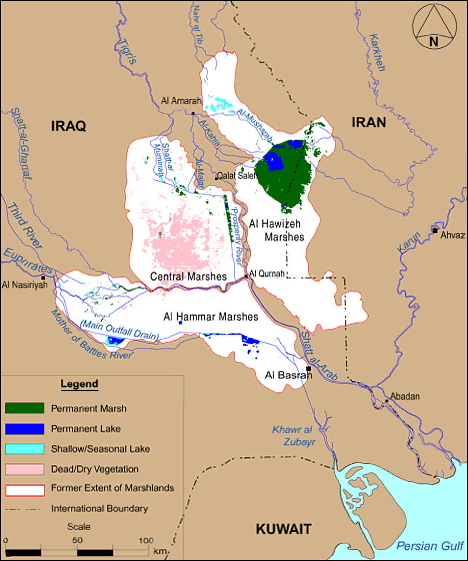It's unusual for a woman to be a
leader in Afghanistan but Zarifa Qazizadah has become the country's only female
village chief through force of personality and determination to get things done
- even if that means cross-dressing, wearing a false moustache and driving
around on a motorbike at night.
"I tell the men of the village, all I want is your prayers," she says. "When you have a problem, I'll speak to the government on your behalf and whenever there is any disturbance at night-time, I'll pick up my gun and come to your house to see what's going on."
When the mother of 15 first sought political office, and told local men she wanted to connect the village to the electricity grid, they laughed.
That was in 2004. She lost the election, but she got the electricity all the same, and two years later the men asked her to apply for the post of head of the village - Naw Abad in the country's northern Balkh province.
Now she guards the electricity supply with a vengeance, and if anyone wires their home up and starts stealing it, they have to watch out. "I can't let that happen because we have to respect the law," she says.
"When something happens in the village at night and I
have to react quickly, I'll put on men's clothes and ride my motorbike." Women in rural Afghanistan are rarely seen riding motorbikes alone and
Qazizadah disguises herself, with the clothes and a fake moustache, to avoid
attracting too much attention.
She has also been known to come to the rescue of her villagers by wrestling Jeeps out of ditches with a tractor. "She does the type of work that even men are not capable of doing," says Molavi Seyyed Mohammad, one of her local supporters.
Qazizadah does not take "No" for an answer.
To keep her promise to voters on the electricity supply, even though she failed in her bid to get elected to parliament, she travelled to the Afghan capital, Kabul, with her four-year-old daughter and went straight to the home of the Minister for Power, Shaker Kargar, demanding to speak to him.
He agreed to see her the following day in his office, and by the end of the meeting he had given his consent.
There was one problem - the village itself had to pay for the posts and cables.
Qazizadah, who had already sold some of her jewellery to pay for the trip to Kabul, borrowed money wherever she could and remortgaged her house to raise the necessary capital.
Five months later, everyone in the village had electricity in their home. "It was only then that people recognised what I'd done and started to pay me back," she says.
The income from the electricity system was poured into construction of a new bridge over a dangerous river, connecting the village with a major road.
Qazizadah also sponsored the building of Naw Abad's first mosque. Unlike most mosques in the country, it is designed so that men and women pray together.
"When people saw the work I was doing on these projects, they would start to join in," she says.
"Now people can pray in their own village and the local boys don't have to go so far to learn how to read the Koran."
All this is a profound achievement for a woman who was married at 10 years old - and just 15 when she became a mother. For much of her young adult life, she lived in a very remote village with her husband's family where, she says, she was little more than a servant.
During Taliban rule, she moved to the regional capital, Mazar-e-Sharif, with her husband, where she had her first taste of community work, volunteering to help parents get their children vaccinated. Covertly, she helped teach young girls to learn to read.
Now aged 50, with 36 grandchildren, she is head of the local women's council, as well as village head, and hosts large meetings of local women in her home, encouraging them to follow her example.
"I was just a housewife like you," she told a group of 50 women at one of her recent gatherings. "But today I can have a meeting with 1,000 people. I can meet and discuss issues with authorities. In Western countries, women can become presidents. These women are brave and they can achieve a lot."





